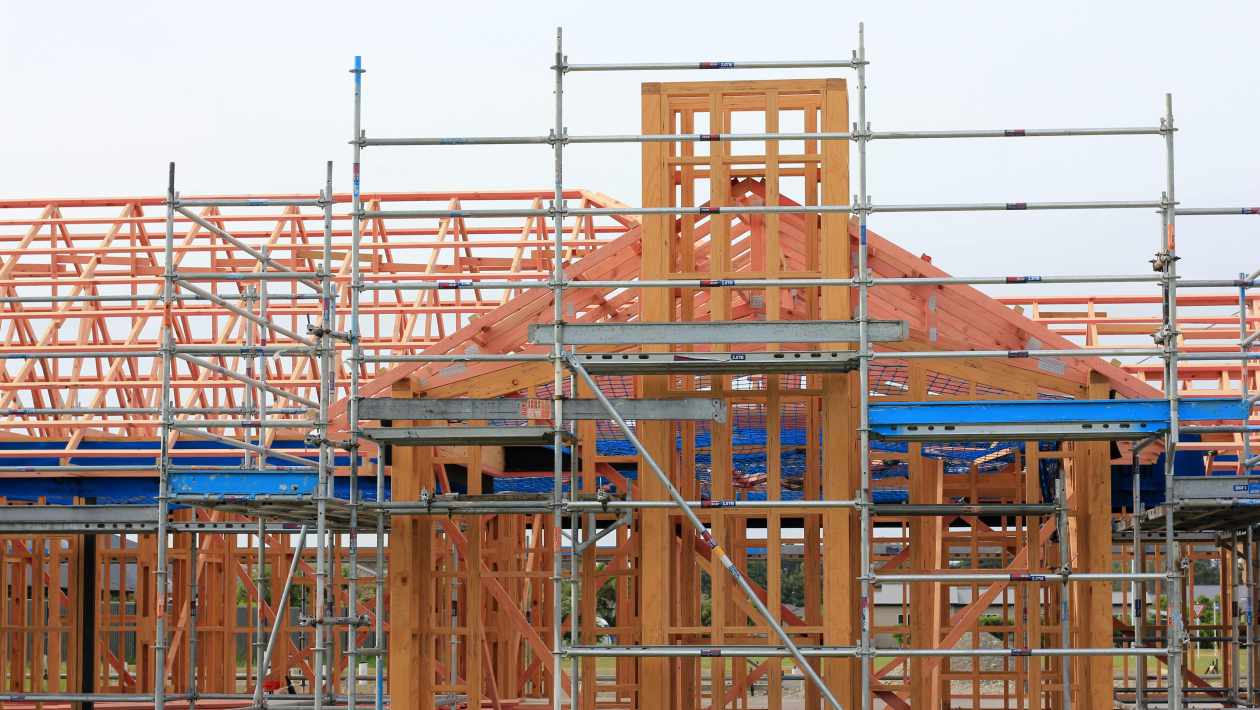Whether on brownfield or built-up sites, most building projects begin with a site survey. You can carry this out using conventional examination equipment or upgraded tools, for example, uncrewed aerial vehicles, drones for aerial photography, and laser scanners for mapping. Surveyors can then help the project by supervising progress, estimating spoil piles and excavations, and at the end, performing a full as-built scrutinization using mobile and terrene mapping tools, which release both a point cloud and extensive shots.
All these endeavors contribute to outputs, for example, the Common Data Environment (CDE), Building Information Model (BIM) data files, and digital copies. Most construction companies have mastered the art of using construction pricing software, which helps them come up with accurate estimates.
Read more to get tips on how digitalization has advanced the construction industry.
- BIM In Concept And Implementation
One essential thought is that not all customers may be completely aware of BIM, mainly if it has been inflicted on them by their customers. For instance, some people may think that BIM and the Revit technique are similar, rather than identifying that Revit is an instrument that links to BIM. When you are a surveyor, it takes time to clarify that BIM is not as Revit, how BIM adjusts in the client’s business and how you can aid them with operations and information to execute BIM efficiently.
The ‘M’ in BIM represents modelling rather than a model. You have to make the client understand that it is not a single 3D model but a continual procedure to ensure productive exchange and control of information covering the whole life process of the building.
- People And Companies
The certainty that digitalization and, mainly, BIM are procedures rather than practical items means that everything moves around people and the company they work in. Coping with those details can be difficult for a surveyor who is more used to operating with hardware, for example, total stations, than a human perspective.
Research identifies that customs in a digital age recognize cultural and behavioral problems as the main hindrances to meeting digital highlights. Studies also showed that cultural transformations are slower and more multiplex than the advances in technology that run them. This is prone to happen to geometrics trades, their clients, and digital change in the construction sector. The developments linked with digitalization will be explicitly challenging for smaller and more local building businesses.
The studies are prone to be important to other details of digital change in the construction industry also.
- Modern Techniques Of Construction
In most construction-associated markets, the demand for larger output and the lack of skilled personnel lead to different development ranges or off-site engineering. This will motivate further digitalization and probably affect the need for geospatial assistance.
Projects to repair or enlarge existing structures, particularly older ones, often depend on standard, on-site construction. Reason-being, the geometry is frequently multiplex and irregular. Consequently, upgraded elements are cut and provided up to the existing building on-site to ensure an appropriate solution.
In some situations, laser scanning can be applied to perfectly scan the site. This can allow off-site fabrication of elements like cross-laminated timber panels and piping bodies. Such programming changes can maximize efficiency and save the time used in both on-site and travelling to sites by construction employees.
Likewise, detailed laser scans with extensive shots make inspecting even small details in the design process uncomplicated. This can assist engineers, consultants, and architects, to carry out their work more effectively and avoid injuries and issues which require to be resolved on-site during the building procedure.





